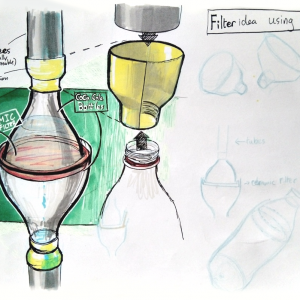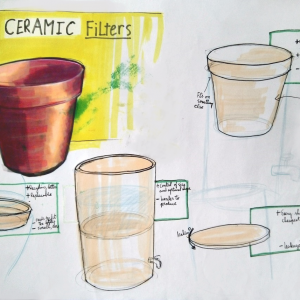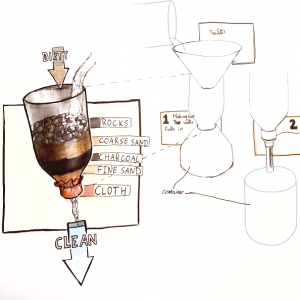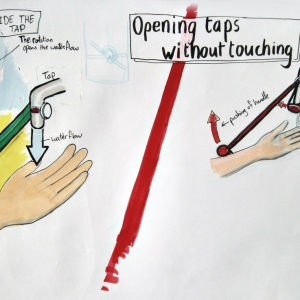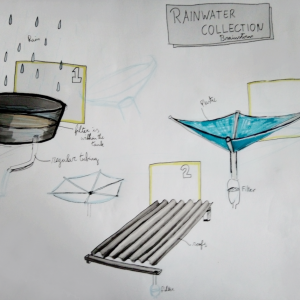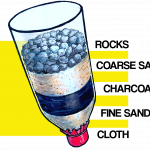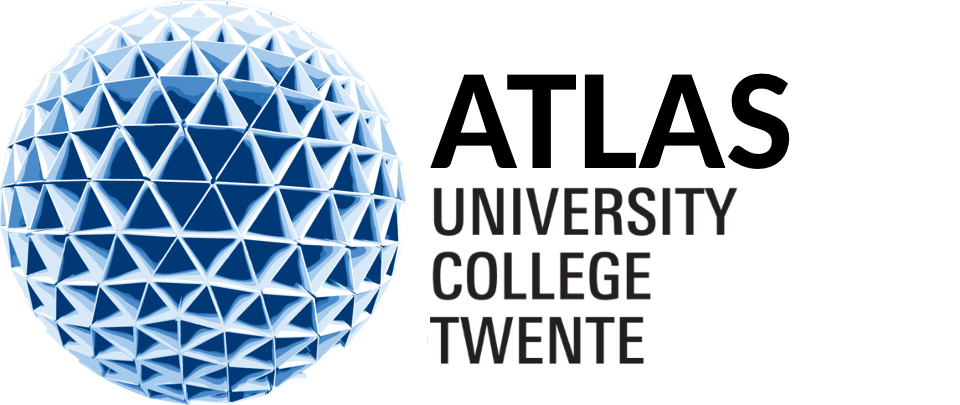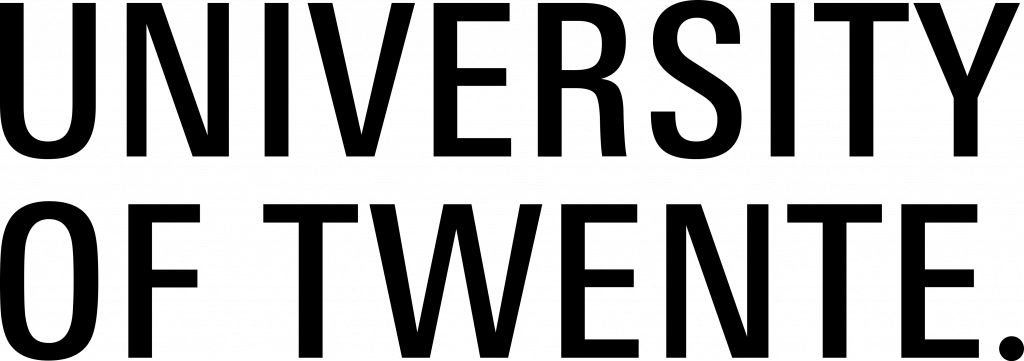The Process
A Design Challenge
in Times of COVID-19
As part of the ATLAS Semester project, the challenge of finding solutions to pressing sociotechnical problems was given. Emphasis on the COVID-19 was requested. Our focus lies with the favelas in Brazil and the lacking healthcare system. The timeline below illustrates our process and the focus being narrowed down to water filtration.
2020
Sept
Oct
Nov
Dec
Timeline of the Project
Exploration
Our first step was choosing a general direction, in which we would explore the context of our challenge. Step one was choosing Brazil. The initial challenge was phrased as “Disparity of Healthcare in Brazil”, and was further described in a video format, as can be seen on the left.
Research
After our decision on the challenge, it was time to research the context of our challenge. There were three main parts to this research:
- The context of Brazil and the impact of COVID-19
- The people in the favelas and other stakeholders that are involved
- Existing technologies and initiatives that inspires us
This was combined into a Poster and a report. The poster can be seen on the left.

Water Filtration
After all the research on the context, we narrowed our challenge down to clean water access. We found that this was the key aspect to keep people safe and healthy, during the COVID-19 pandemic and in their daily lives. A lot of new research was needed into filtration and sanitation.
Ideation
Based on the concepts of technological mediation and appropriateness, we started looking into a technological solution. The capability approach was used to translate abstract values to specific design requirements and functions.
Final Design and Presentation
We decided upon a final filter and combined it with a recipe for sustainable soap. A instruction manual was created in English and Portugues to ensure optimal reach. A vision for the future on how our design could be integrated in favelas and have an impact was put together.




